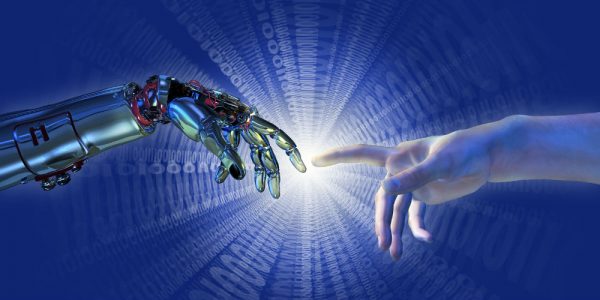Some people are confused by the new technology of artificial intelligence, as they should be because this is still a very new tech. John McCarthy, an established father of the machine, portrayed the procedure in 1955 as that of making a machine act in ways that would be called canny if a human were so acting.However, this apparently sensible way to deal with portraying AI is profoundly defective.Consider, for example, the trouble of characterizing, significantly less measuring, human intelligence. Our social inclination for diminishing things to numeric estimations that encourage coordinate examination frequently makes a bogus patina of objectivity and accuracy, and endeavors to evaluate something as subjective and unique as intelligence is plainly in this classification.
Understanding Artificial Intelligence Technology
We should also consider the dubious system of formative clinician Howard Gardner, who proposes an eight-dimensional hypothesis of intelligence running from musical–rhythmic through bodily–kinesthetic to naturalistic.Regardless, it’s significant to state that one individual is more quick-witted than another, in any event inside numerous unique circumstances. Furthermore, there are sure markers of intelligence that are broadly acknowledged and very related with different pointers. For example, how rapidly and precisely understudies can include and subtract arrangements of numbers is widely utilized as a measure of sensible and quantitative capacities. In any case, does it bode well to apply this standard to a machine? A one dollar number cruncher will beat any person at this errand, even without hands. Before World War II, a calculator was a gifted proficient.
So is the speed of estimation a marker that machines have prevalent intelligence? Obviously not. Convoluting the undertaking of looking at human and machine intelligence is that most AI specialists would concur that how you approach the issue is as essential as whether you explain it. To comprehend why, consider a straightforward computer program that plays the round of tic-tac-toe, where players interchange putting X’s and O’s on a three-by-three lattice until one player finishes three in succession, section, or askew, or all spaces are filled, in which case the amusement is a draw. There are precisely more than two hundred and fifty thousand one of a kind recreations of tic-tac-toe, and in this day and age of computers, it’s a genuinely basic matter to produce all conceivable diversion arrangements, stamp the ones that win, and play a flawless amusement just by looking into each move in a table.
Be that as it may, the vast majority wouldn’t acknowledge such a trifling system as artificially keen.Presently envision an alternate approach, which is a computer program with no assumption of what the tenets are, that watches people playing the diversion and learns to win as well as what methodologies are best. For example, it may discover that after one player gets two in succession, the other player ought to dependably make a blocking move, or that possessing three corners with spaces between them much of the time brings about a win. Now that is what the technology of artificial intelligence should be all about.

